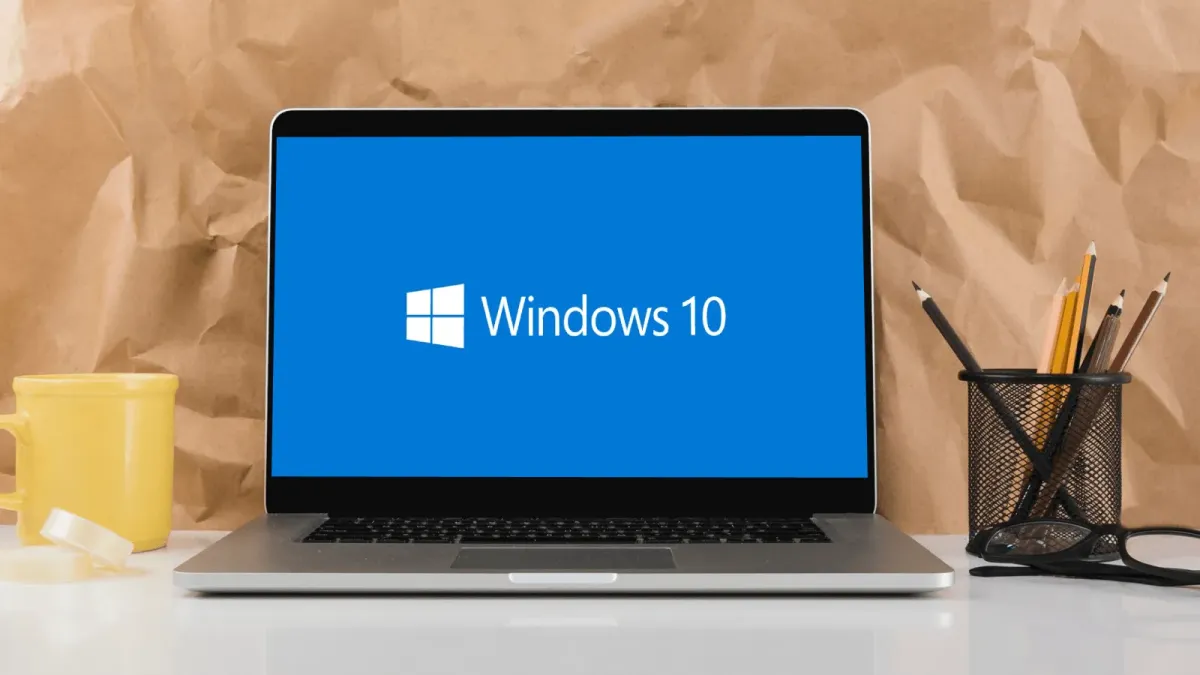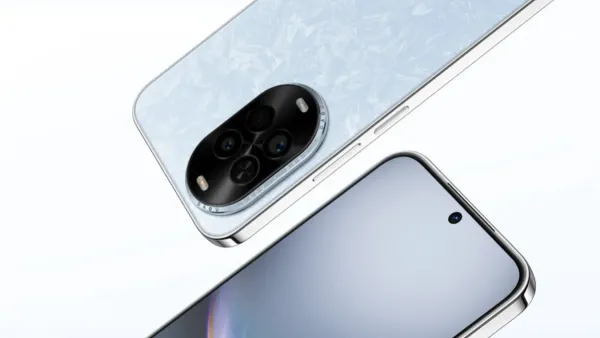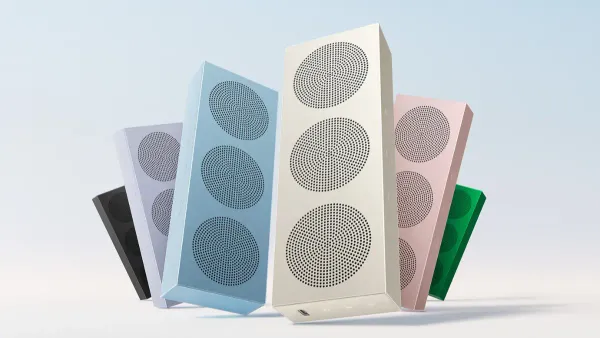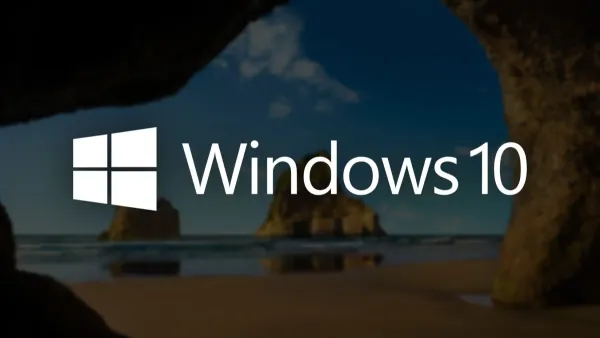Still on Windows 10? Here Are Smart Moves to Stay Safe After Support Ends
Windows 10’s free support is gone. Here’s what you can do to keep your PC safe and ready for 2025.

Microsoft has officially ended free support for Windows 10, marking the close of an era that defined PC life for millions. Starting October 14, 2025, your Windows 10 device will no longer receive free security updates or bug fixes — meaning it’s still usable, but no longer protected.
If you’re not ready (or can’t) upgrade to Windows 11 just yet, don’t worry. Here are a few smart, realistic steps you can take to keep your PC safe and functional — even after Microsoft pulls the plug.
1. Upgrade to Windows 11 (If You Can)
The most obvious — and safest — move is to upgrade to Windows 11. It’s faster, more secure, and built with AI-ready features for the future. If your computer is less than four years old, there’s a good chance it meets the system requirements:
- 4GB of RAM or more
- 64GB of storage
- TPM 2.0 security chip
You can download Microsoft’s free PC Health Check Tool to see if your device qualifies. If it does, upgrading keeps your data, apps, and settings intact — and buys you years of guaranteed updates.
2. Buy Some Time with Extended Security Updates
If your PC doesn’t meet the Windows 11 requirements, Microsoft offers Extended Security Updates (ESU) — basically, paid protection for another year. These updates will keep your device safe until October 2026, giving you time to decide what’s next.
If you sign in with a Microsoft Account, the first year is free. Without one, it costs about $30, or you can redeem 1,000 Microsoft Reward points. It’s not a forever fix, but it’s a smart temporary solution while you plan your next step.
3. Try a Lightweight Alternative: Linux or ChromeOS Flex
If your hardware is too old for modern Windows, don’t toss it yet. You can breathe new life into your machine with Linux or ChromeOS Flex — both free and secure options.
- Linux (Ubuntu or Mint) offers a full desktop experience, with software alternatives for most tasks. It’s great for privacy-focused users and developers.
- ChromeOS Flex, from Google, turns your old laptop into a fast, web-first computer perfect for browsing, streaming, or writing. Installation is simple — all you need is a USB drive and a bit of patience.
4. Back Up and Refresh Your Digital Life
Even if you’re staying on Windows 10 for now, make data backups a regular habit. Use an external drive or cloud storage to keep photos, documents, and projects safe.
This is also a good time to do some digital decluttering — uninstall unused apps, move large files to the cloud, and update essential software like browsers and antivirus tools that still support Windows 10.
5. Or Maybe... It’s Time for a New PC
If your laptop feels sluggish or your desktop has been around since the early Windows 8 days, this might be the push you need.
Today’s mid-range Windows 11 laptops are faster, more efficient, and start as low as $400–500. Many brands also offer trade-in or recycling programs to lower the cost and reduce e-waste — a win for your wallet and the planet.
The Takeaway
The end of Windows 10 support doesn’t mean your computer is instantly obsolete. It just means it’s time to make smarter choices about how you use it. Whether that’s upgrading, extending, or switching platforms entirely, there’s life beyond Windows 10 — and it’s probably more secure, efficient, and modern than you think.
Because in 2025, keeping your tech up-to-date isn’t just about performance — it’s about protecting everything you create, store, and share every day.




